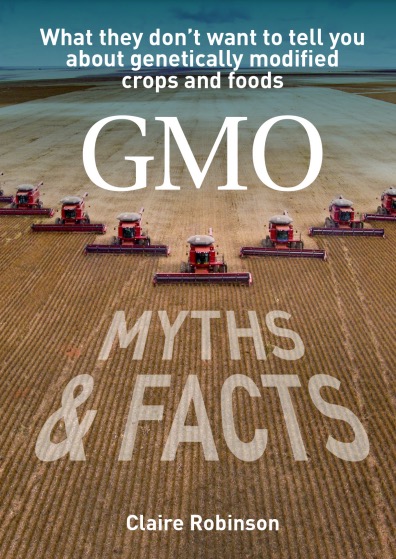From the Prakash pro-GM list. Nobody responded to Red's challenge to answer Vandana Shiva's points regarding Golden Rice - even after Red represented the issues in question so Red's now followed up the issues himself.
Below are his v. interesting findings. No wonder nobody wanted to respond!
Read Shiva's original article, 'The Golden Rice Hoax' via the ngin 'Feeding the World?' page:
http://members.tripod.com/~ngin/feedtheworld.htm
* * *
Subj: Re: AGBIOVIEW: Rice of Doom - Questions and Answers
From: Red Porphyry <This email address is being protected from spambots. You need JavaScript enabled to view it.>
A few days back I asked the members of the list four relatively simple questions regarding the vitamin A nutritional quality of golden rice. Since no one was able to publicly provide answers to them, I ended up checking into them myself. Here again are the questions I originally asked and what I was able to find (in brackets):
1) Is the RDA for vitamin A in adult humans 750 micrograms or not? If not, what is the true RDA?
[Shiva's claim that the RDA for vitamin A in adult humans is 750 micrograms is basically correct. The numbers I found give a range of between 700 and 1,000 micrograms]
2) What is the RDA for vitamin A in human babies and small children (say, under the age of five)?
[Shiva provided no number for this. The RDA for babies and small children is actually 375 micrograms.]
3) Is the ultimate goal of Potrykus and co-workers to produce a strain of golden rice that produces at most 9.9 micrograms of provitamin A / 30 gm of rice (dry weight) or not? If not, what is the realistic maximum level of provitamin A /30 gm of rice (dry weight) that Potrykus and co-workers hope to achieve?
[The answer to this appears to be yes. At some point in the future, golden rice ("golden-tinted rice" is actually the more accurate descriptor) is expected to ultimately provide a maximum of 9.9 micrograms of provitamin A /30 gm of rice (dry weight), which is an average adult serving. So, for adults, one serving of golden-tinted rice will provide a maximum of about 1.3% of the RDA of vitamin A. For babies and small children, one "adult-sized" serving of golden-tinted rice will provide a maximum of about 2.6% of the RDA of vitamin A. Assuming the only rice Asians eat from now on is golden-tinted rice, adult Asians can expect to obtain at best 4% of the RDA of vitamin A from golden-tinted rice, while Asian babies and small children can expect to obtain at best 8% of the RDA of vitamin A from golden-tinted rice.]
4) Given whatever the answers are to 1), 2) and 3), does golden rice provide a viable solution to the problem of vitamin A deficiency for humans in Asia or not? If not, are there any viable alternatives?
[The answer, unfortunately, is basically no. Golden-tinted rice is not, nor is it likely to ever be, a viable solution to the problem of vitamin A deficiency for humans in Asia. At best, it's a curiosity
best suited (due to its color, in my opinion) for special Buddhist religious festivals. At worst, it will only lead to false hope for Asians. The *viable* alternative is a combination of (1) expanded use of vitamin A supplements (preferably produced by local pharmaceutical companies), (2) local legislation mandating the fortification of white rice with vitamin A, and (3) adopting Shiva's suggestion that the growth and consumption of fruits and vegetables that are *truly* high in provitamin A content be encouraged (and, if necessary, government-subsidized) wherever possible. For example, Asian mothers should be taught to mix cooked pureed carrots into every portion of rice gruel that they serve their babies.
At the very least, pro-biotech scientists should discourage and denounce vigorously any such statements appearing in the popular press such as the following:
"By splicing a gene containing beta-carotene (commonly found in carrots) into normal rice, researchers have produced a strain capable of preventing the vitamin A deficiency that each year blinds millions of Third World children."
(AgBioView Archive Message #921: Genetically Altered Foods are the
Key to Feeding Increasingly Hungry World).
Demonstrably false and reckless statements such as the one quoted above will, in the long run, do nothing but irreparable harm to the pro-biotech cause.]
Red









